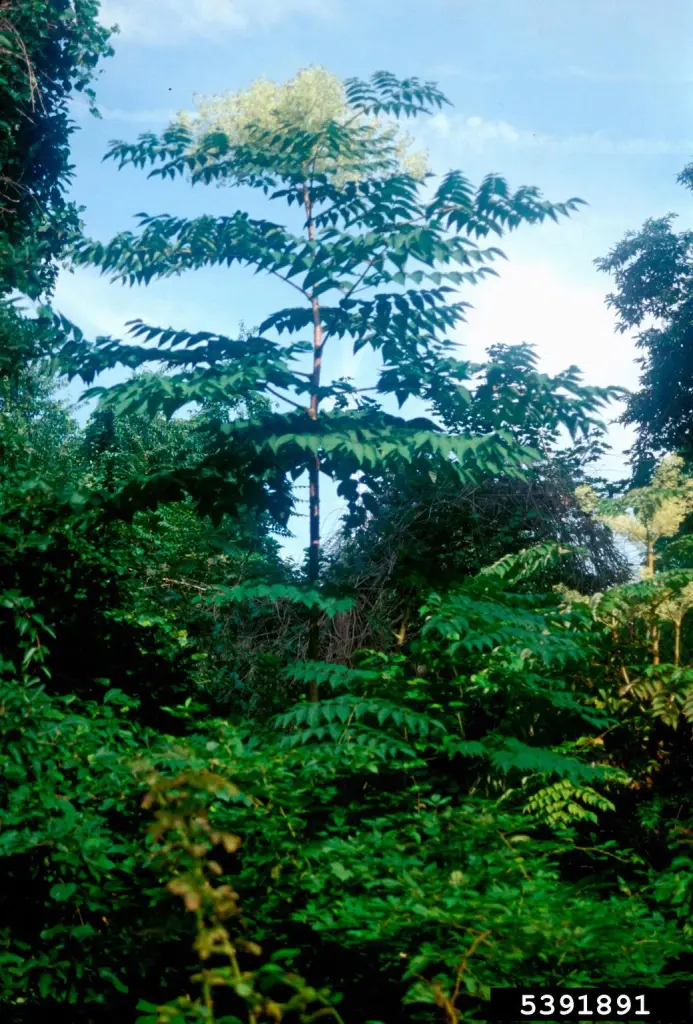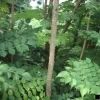X
CONTACT US
Great Lakes Center, SAMC 319
SUNY Buffalo State
1300 Elmwood Ave., Buffalo, NY 14222
wnyprism@buffalostate.edu
(716) 878.4708
SUBSCRIBE TO LISTSERV
FOLLOW US
CONTACT

Japanese angelica tree (Aralia elata). Photo Credit: John M. Randall, The Nature Conservancy, bugwood.org.
Japanese Angelica Tree
COMMON NAME:
Japanese Angelica TreeSCIENTIFIC NAME:
Aralia elataORIGIN:
Northeast AsiaDESCRIPTION:
The Japanese angelica tree is a deciduous shrub or tree that can grow up to 40’ in height. The tree is multi-stemmed, and the bark is covered in sharp thorns. The sometimes variegated leaves are bi- or tri- pinnately compound with a pubescent underside. Cream and white colored flowers grow in large panicles which bloom in late summer. The tree produces purple/black fruits in the fall.HABITAT:
Like many invasive plants, the Japanese angelica tree prefers disturbed grounds and edge habitats. It is also commonly found in open areas, wooded edges, thickets, and urban landscapes.THREAT:
The aggressive growth pattern of the Japanese angelica tree allows it to outcompete native species. It prolifically sprouts from root suckers to form large dominating thickets. Over time, these thickets displace the native vegetation, and reduce biodiversity.MANAGEMENT:
When the infestation is small and the plants are young, this species can be manually removed. For larger infestations and individual plants, herbicide is recommended to prevent resprouting. Herbicide can be applied by spraying the foliage or basal bark treatment. Physical damage to the tree spurs regeneration, so it is less effective to girdle or cut-stump treat Japanese angelica tree.
WNY PRISM PRIORITY:
WNY PRISM Priority
Tier 2 - Eradication
ADDITIONAL RESOURCES:
Additional Resources:
Pennsylvania Department of Conservation and Natural Resources: Fact Sheet
Mistaken Identity: Invasive Plants and their Native Look-alikes: Pages 8-9, Japanese Angelica Tree vs. Devil's Walkingstick
NYS Prohibited and Regulated Species - Part 575:
PATHWAYS OF INVASION:
Pathways
Japanese angelica tree was introduced in the 1830’s as an ornamental landscape plant. The seeds are mainly spread by wildlife and the sprouting of root shoots leads to the formation of dense thickets.
Japanese angelica tree is a prohibited species in New York State – for more information on Prohibited and Regulated Species, visit http://www.dec.ny.gov/animals/99141.html
REGIONAL DISTRIBUTION:
Regional Distribution
Japanese angelica tree was first reported in WNY in 2018.




